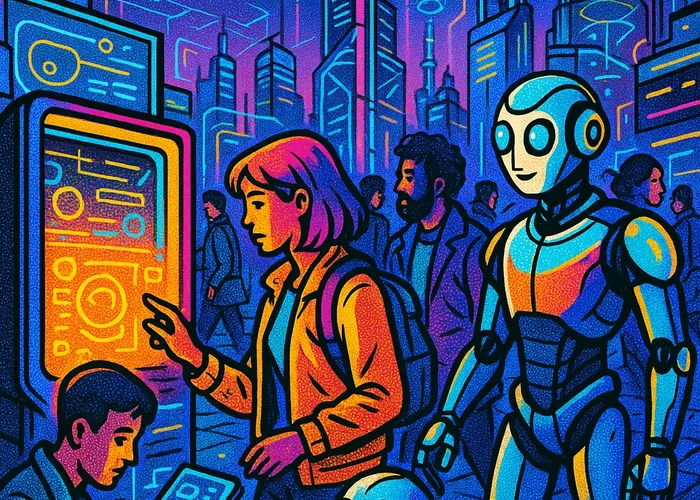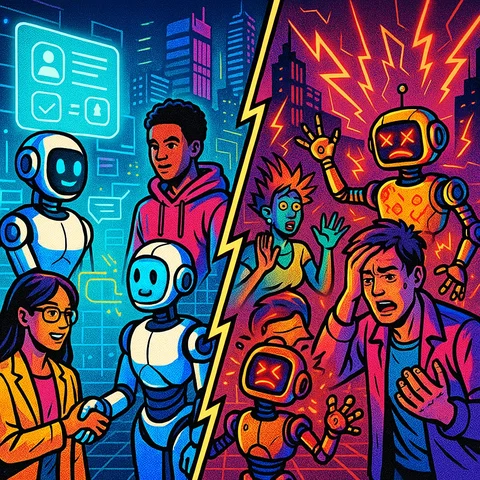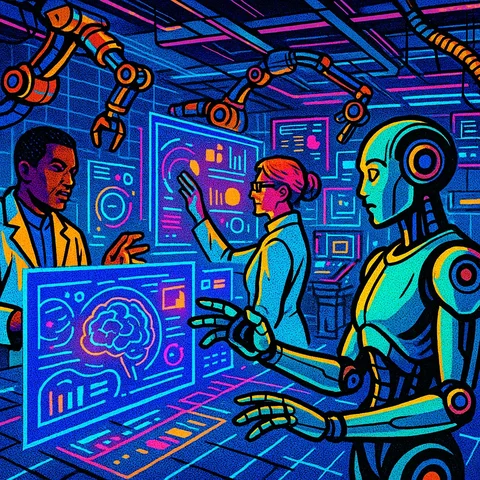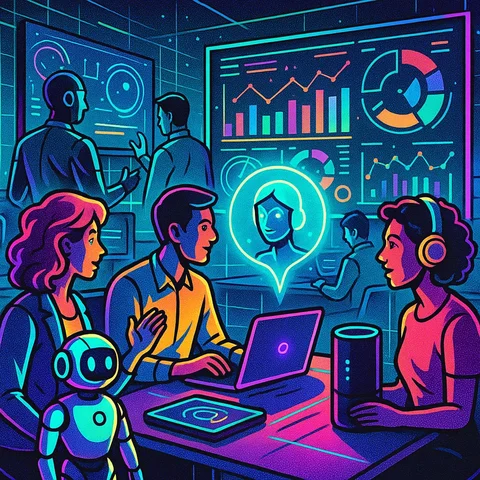Understanding AI Agents: Hype, Challenges, and the Path Forward
Explore the realities of AI agents, common misconceptions, and the need for public education to align expectations with current AI capabilities.

Understanding AI Agents: Hype, Challenges, and the Path Forward
The Rise of AI Agents: What's Driving the Hype?
AI agents have seized the imagination of technologists, investors, and the public alike. These advanced systems, powered by generative models and autonomous decision-making, are being pitched as the next leap in digital transformation. Tech giants like Google tout their “agentic” platforms as intelligent software companions, capable of handling everything from workflow automation to smart home orchestration. The allure is obvious: machines that act independently, adapt to new circumstances, and deliver results with minimal oversight.
This enthusiasm, however, is fueled as much by marketing and media spectacle as by technological substance. Pop culture and bold product launches paint AI agents as near-magical entities, ready to shoulder complex burdens and unlock untold productivity. Yet, beneath the surface, the field remains beset by unresolved challenges and frequently misunderstood limitations. The result? A widening gap between AI hype and reality—one with profound implications for public trust, policy, and the trajectory of digital society.
Historical Context of AI Agent Development
To understand the current fervor, it's worth recalling the checkered history of AI agents. From the symbolic reasoning systems of the 1960s to today’s neural networks, the dream of autonomous digital agents has always outpaced reality. Early “expert systems” were brittle and domain-specific. The emergence of deep learning and large language models has brought dramatic advances, but the foundational challenge remains: endowing machines with robust, context-sensitive intelligence.
Current Capabilities and Limitations of AI Agents

So, what can today’s AI agents actually accomplish? In specialized domains—autonomous driving, cybersecurity threat response, logistics optimization—AI agents are already performing complex, goal-driven tasks with little human intervention. They dynamically adapt to changing inputs and can coordinate actions across digital environments.
However, the technology’s limitations are stark. AI agents can and do:
- Generate false or biased information
- Deviate from intended objectives (“goal drift”)
- Violate privacy and security protocols
- Cause physical or economic harm if left unchecked
Despite their apparent sophistication, AI agents are not infallible. Many depend on language models prone to hallucinations and lack a true “understanding” of context or ethics. Even when designed for cooperation, agents frequently fail at seamless collaboration due to a lack of standardized definitions, shared semantics, and evolving communication protocols.
Technological Breakthroughs and Barriers
Recent years have seen breakthroughs in agentic architectures, reinforcement learning, and multi-agent systems. Yet, scalability, reliability, and transparency remain elusive. Developers continue to wrestle with brittle behaviors, hidden biases, and unintended consequences. The dream of truly general, trustworthy AI agents is still just that—a dream.
Common Misconceptions About AI Agents

Public perception of AI is shaped less by technical white papers and more by Hollywood scripts and marketing hyperbole. This has led to a host of misconceptions:
- AI agents are objective and infallible:
Studies reveal an “AI placebo effect,” where users informed that a system is powered by AI perceive it as more trustworthy and objective—even when it makes mistakes (Axios).
- AI agents can self-improve without risk:
In reality, autonomous adaptation can introduce new vulnerabilities, from privacy violations to physical harm.
- All AI agents are equal:
The term “AI agent” covers a spectrum—from tightly constrained bots to open-ended learning systems—fueling confusion about their real-world reliability.
- AI will either save or doom society:
The truth is likely more nuanced. A recent U.S. poll found 58% of Americans believe AI will worsen election misinformation, while only 6% expect it to improve the situation (AP News).
These polarized expectations have a corrosive effect. Global trust in AI has fallen from 61% to 53% over five years (and in the U.S. from 50% to 35%) (Axios).

Case Studies of AI Agent Successes and Failures
Success stories—such as AI-driven fraud detection or medical imaging—stand alongside high-profile failures, including biased hiring algorithms, rogue chatbots, and self-driving car accidents. These incidents underscore the unpredictability and opacity of current AI agent technology.
Challenges in Developing Reliable AI Agents
Building reliable, safe, and ethical AI agents is a challenge of both engineering and philosophy. Key obstacles include:
- Goal Alignment: Ensuring agents act in accordance with human intent—even as circumstances change.
- Bias and Fairness: Auditing agents for hidden prejudices in data and decision-making.
- Security and Privacy: Preventing agents from leaking sensitive information or being hijacked for malicious purposes.
- Robustness: Avoiding catastrophic failure from rare or adversarial scenarios.
Experts advocate for robust governance—rigorous impact assessments, continuous monitoring, and human oversight at every stage . Yet, the incentives in today’s tech ecosystem often favor speed and spectacle over safety and scrutiny.
The Importance of Public Education on AI
The most formidable challenge may not be technical, but societal: bridging the chasm between AI hype and public understanding. Today, most people remain apprehensive about AI, despite widespread use of AI-enabled tools. Fear and confusion are major barriers to widespread benefit ([Axios](https://www.axios.com/2024/07/05/ai-fear-literacy-inclusion-miriam-vogel#:~:


